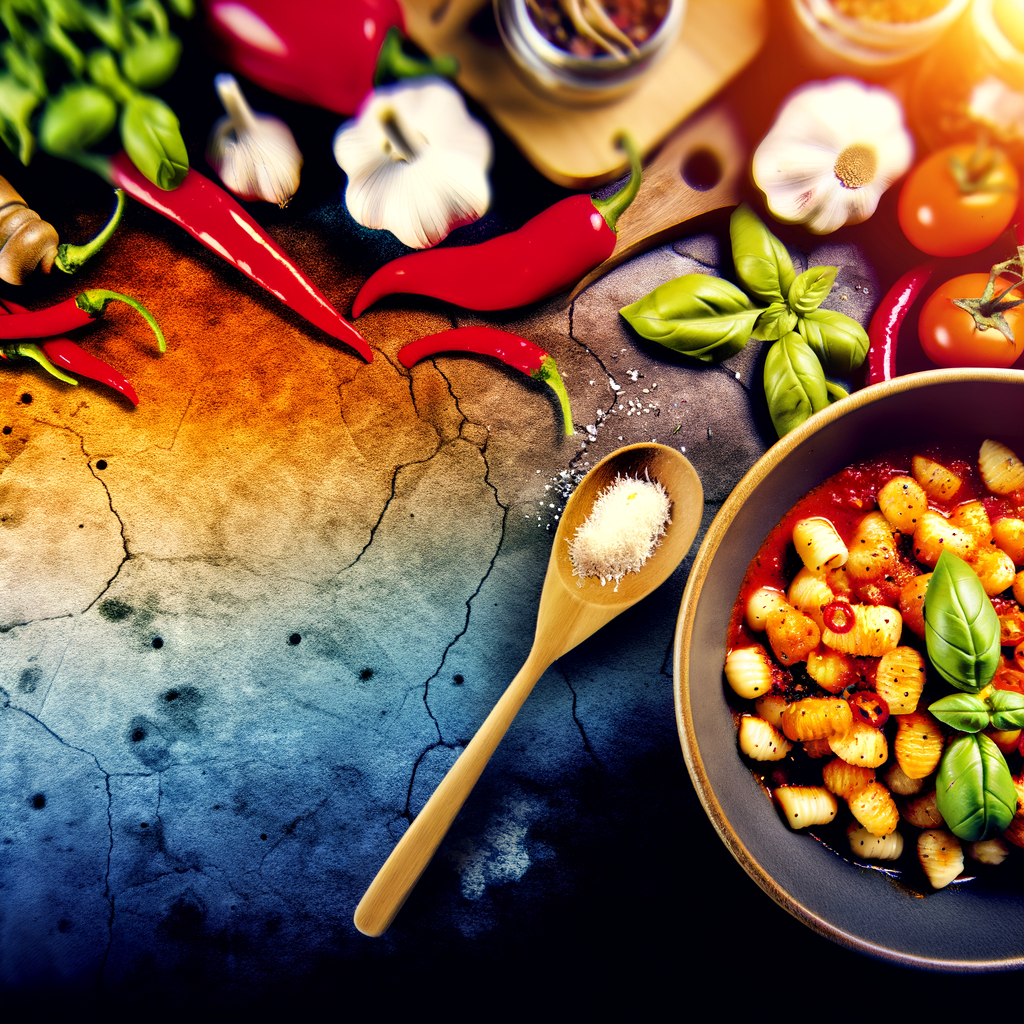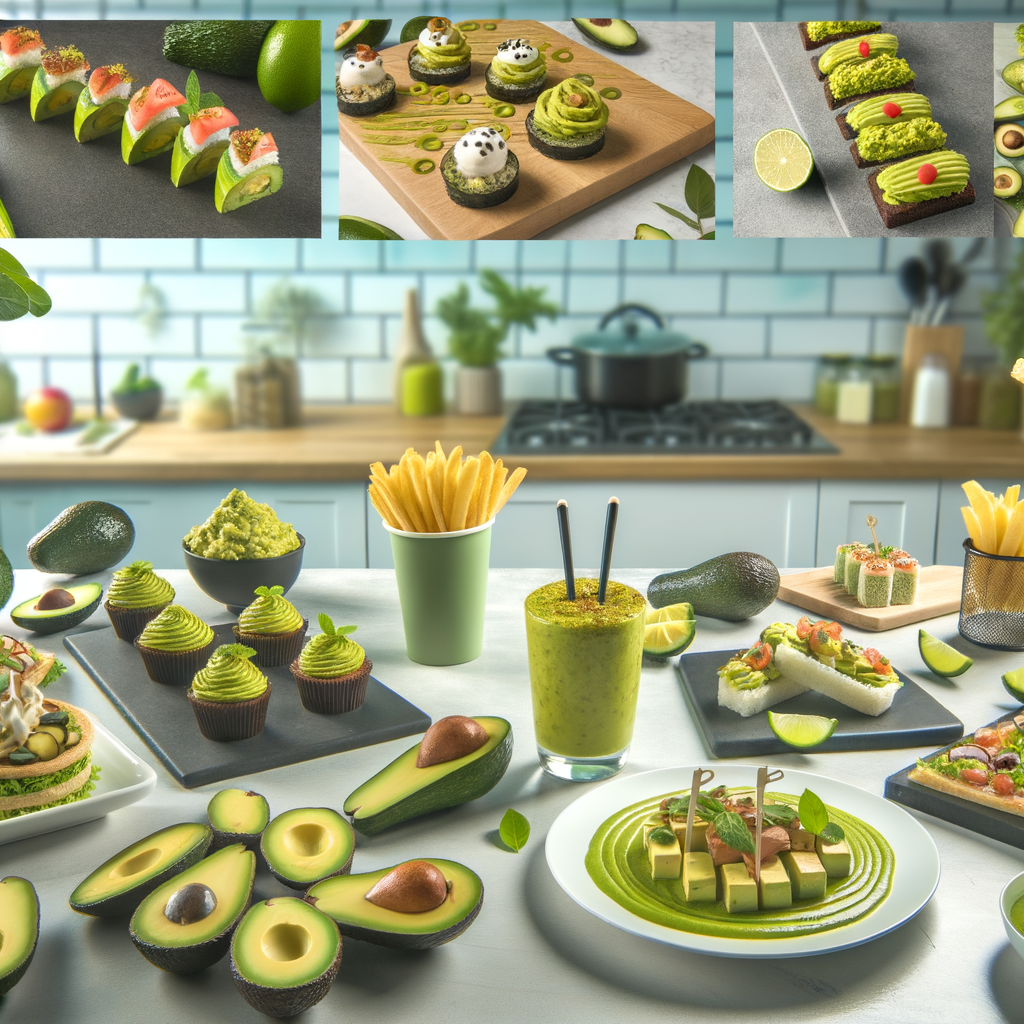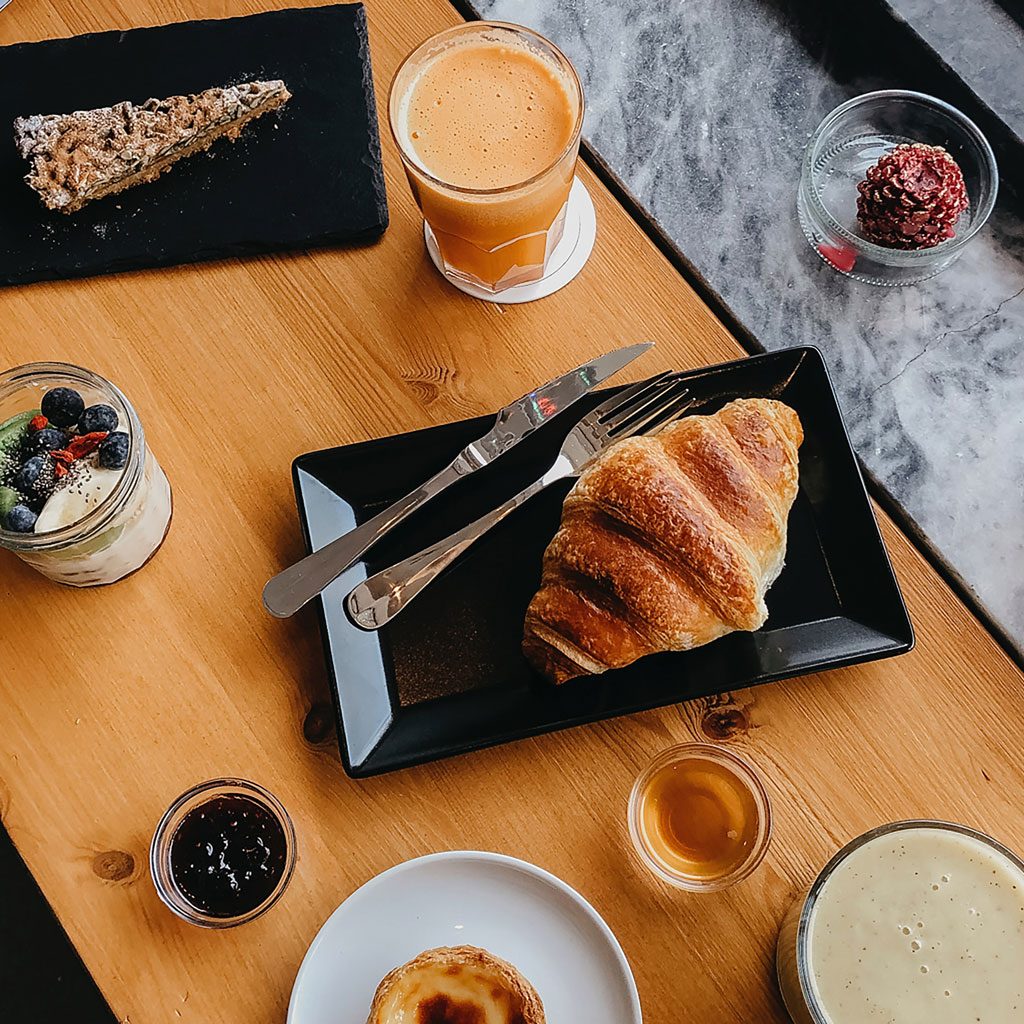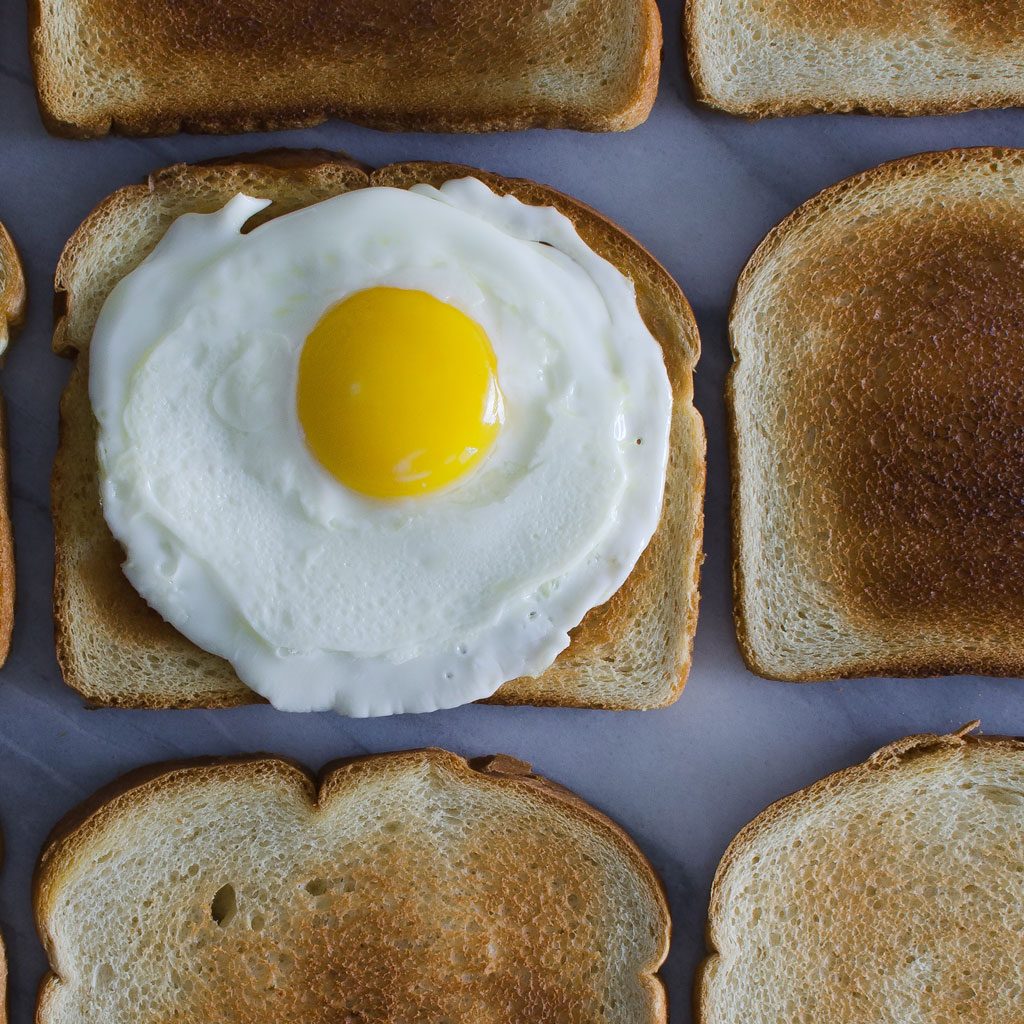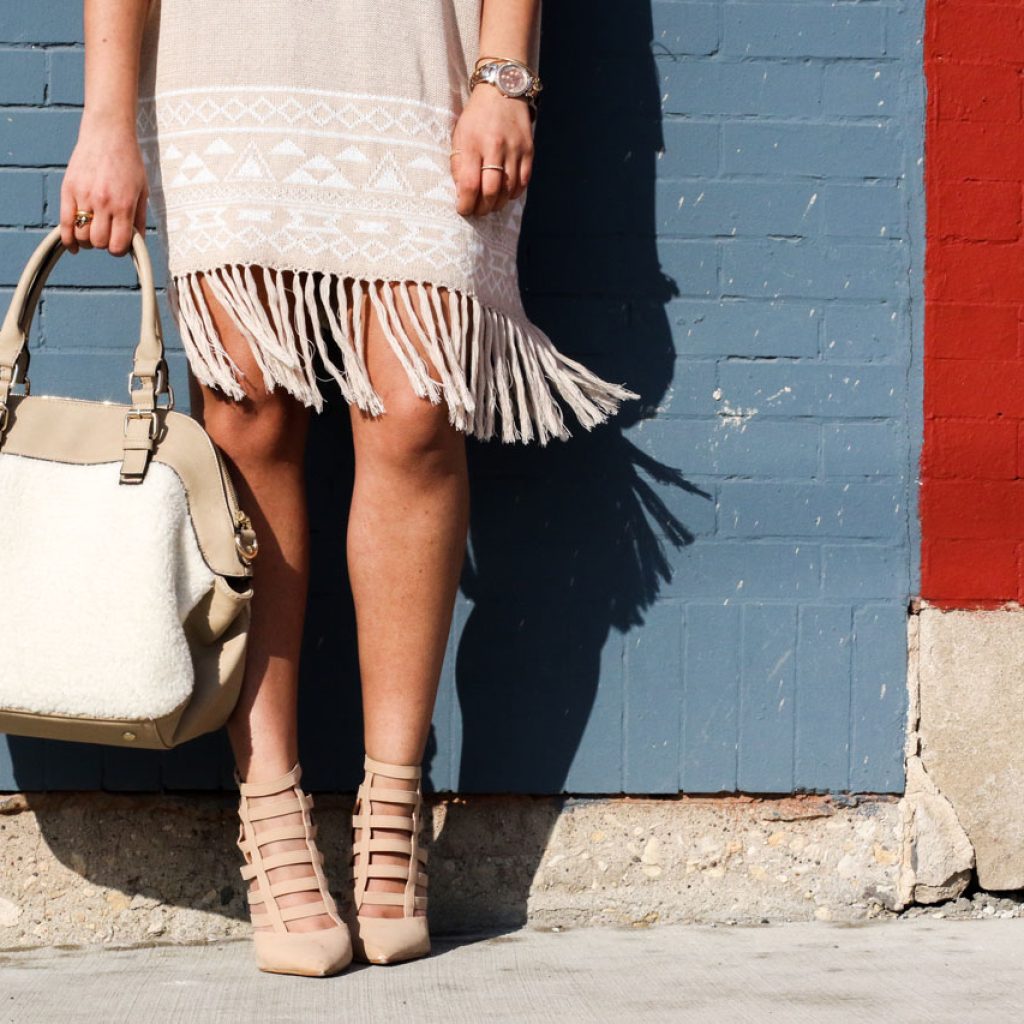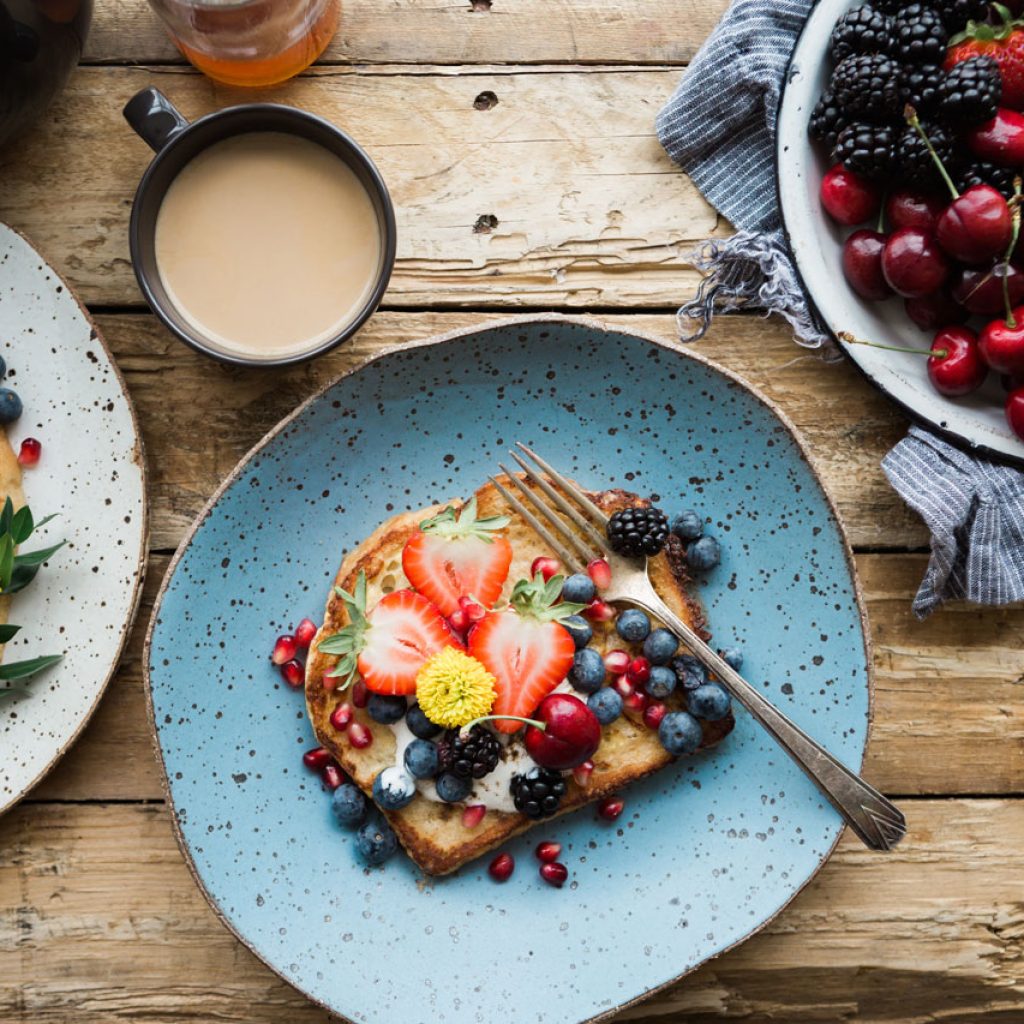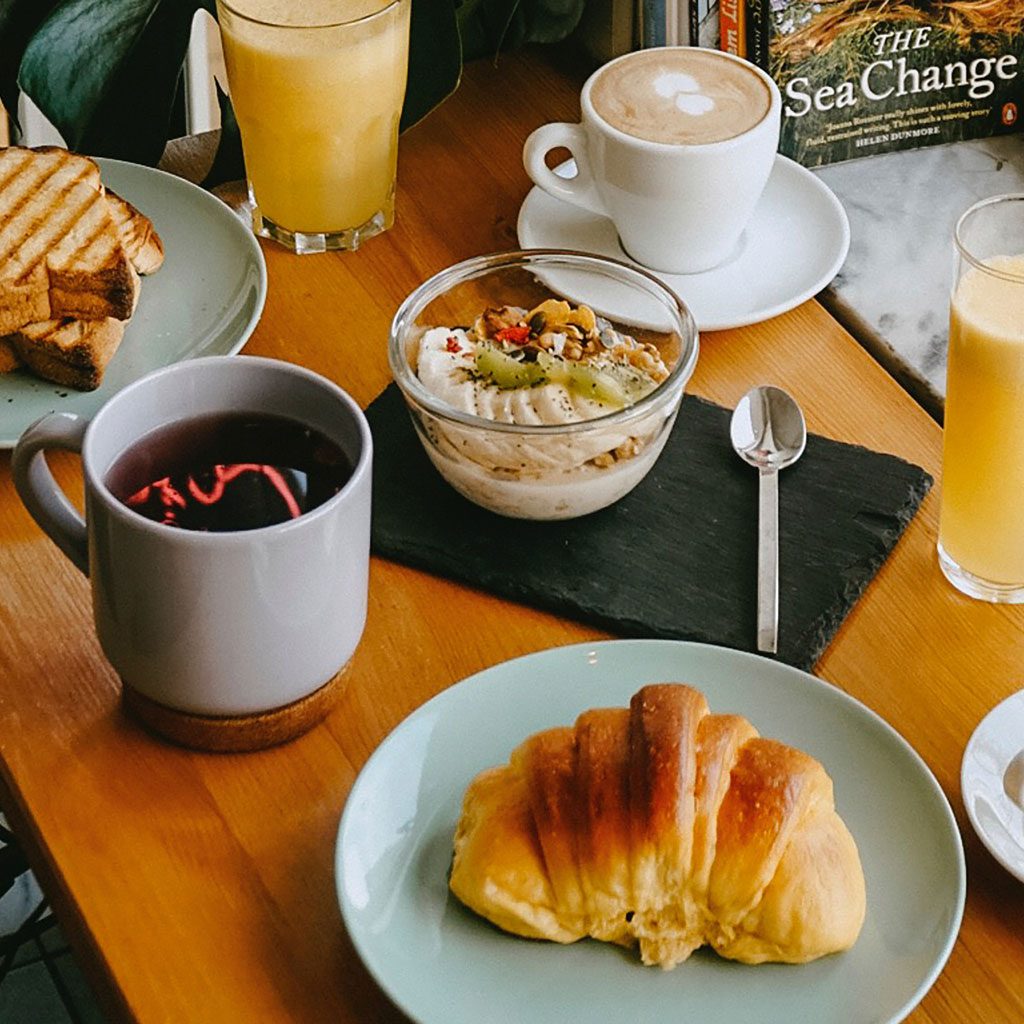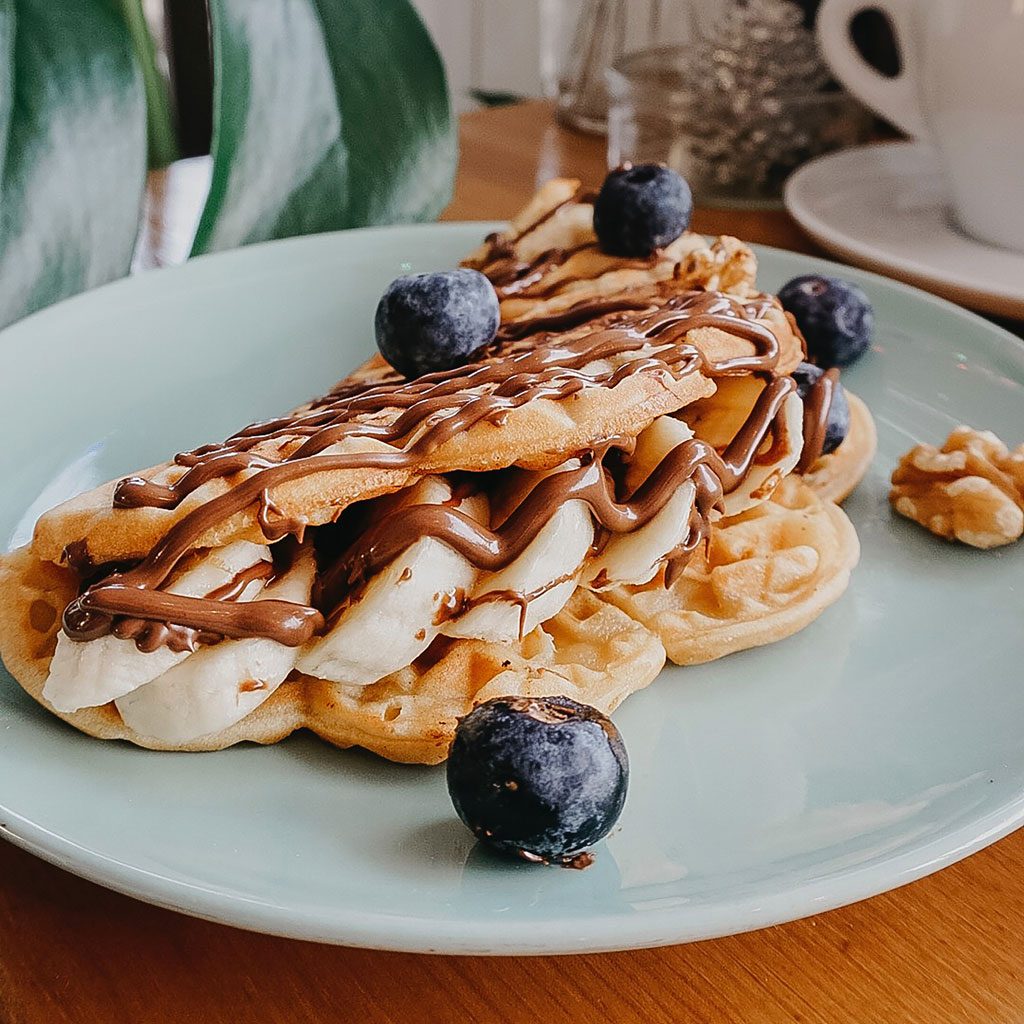New Trends in Contemporary Art: A Fusion of Cultures and Mediums
The contemporary art scene is an ever-changing kaleidoscope of innovative expressions and dynamic transformations. This year, we’re witnessing an exciting convergence of different cultures and mediums that’s redefining what art means to people around the world. From monumental installations to intricate digital pieces, the art world is experiencing an era of unparalleled creativity and collaboration.
The Rise of Multicultural Influences in Art
One of the most noticeable trends in contemporary art is the amalgamation of multicultural elements. Art is increasingly becoming a canvas for artists to explore and express their heritage, beliefs, and experiences, reaching a global audience that resonates with these diverse narratives.
Key Components of Multicultural Art:
- Diverse Themes: Artists are delving into themes of identity, migration, and globalization, reflecting the interconnected nature of today’s world.
- Hybrid Techniques: By incorporating traditional techniques with modern technology, artists are creating novel forms of art that challenge conventional boundaries.
- Cultural Collaboration: Collaborations among artists from different cultural backgrounds are fostering unique artistic expressions that celebrate diversity.
Experiencing Culture Through Art
Art has always been a powerful medium for cultural expression. Today, artists are drawing from their cultural roots to portray stories of ancestry and heritage, often involving the viewer in a visual dialogue. This phenomenon allows audiences to experience a journey across continents and epochs without leaving the gallery space.
The Intersection of Traditional and Modern Techniques
The contemporary art scene is marked by the seamless blend of age-old techniques and cutting-edge technology. This intersection is not only expanding the potential of what art can achieve but also enriching the narrative capacity of artistic works.
Noteworthy Trends in Technique Integration:
- Digital Artistry: The use of digital tools enables artists to venture into realms of virtual reality, interactive installations, and augmented reality, crafting immersive experiences for the audience.
- Revitalized Craftsmanship: Artists are revisiting traditional craftsmanship, such as weaving or pottery, and infusing them with modern elements to produce contemporary masterpieces.
- Experimental Materials: Unconventional materials like recycled objects, bioplastics, and living organisms are being used to create art that challenges the perception of materiality.
The Role of Technology in Modern Art
Technology is reshaping the landscape of contemporary art through undeniable innovations. Artists are leveraging everything from AI to virtual reality to expand the boundaries of artistic expression, allowing for an interactive and personalized viewer experience. This integration of art and technology not only enhances creativity but also addresses critical contemporary issues such as sustainability and digital culture.
Art Exhibitions: Windows to the World
Art exhibitions serve as vital platforms for showcasing these dynamic trends, acting as a bridge between the artist’s vision and the audience’s interpretation. By presenting art through various lenses, exhibitions foster an appreciation for the diversity and complexity of the human experience.
Highlights of Modern Art Exhibitions:
- Global Reach: International exhibitions facilitate cultural exchanges, inviting dialogue and understanding across borders.
- Themed Shows: Targeted themes resonate with contemporary societal issues, allowing art to function as both a reflective and critical tool.
- Interactive Installations: Engaging installations encourage participation, making the audience an active component of the artwork.
The Cultural Impact of Art Exhibitions
By bringing together diverse voices from around the globe, art exhibitions play a significant role in shaping cultural discourse. They not only illuminate global issues but also foster empathy and understanding among different communities. In today’s fragmented social climate, such platforms are essential for promoting unity and appreciation of varied cultural narratives.
Conclusion: A Vibrant Future for Contemporary Art
The contemporary art landscape is more vibrant and diverse than ever, driven by a fusion of cultures and innovative techniques. As artists continue to cross traditional boundaries, incorporating new technologies and multicultural influences, they are redefining what art means in the modern era. The world of art is becoming increasingly inclusive, reflective, and experimental, promising a future where endless possibilities abound.
Engaging with this new wave of contemporary art not only enriches our understanding of artistic expressions but also deepens our appreciation for the diverse cultures and stories that make up our global community. As we explore these artworks, we are reminded of the power of art to connect us all, transcending languages and borders to speak to universal human experiences.


